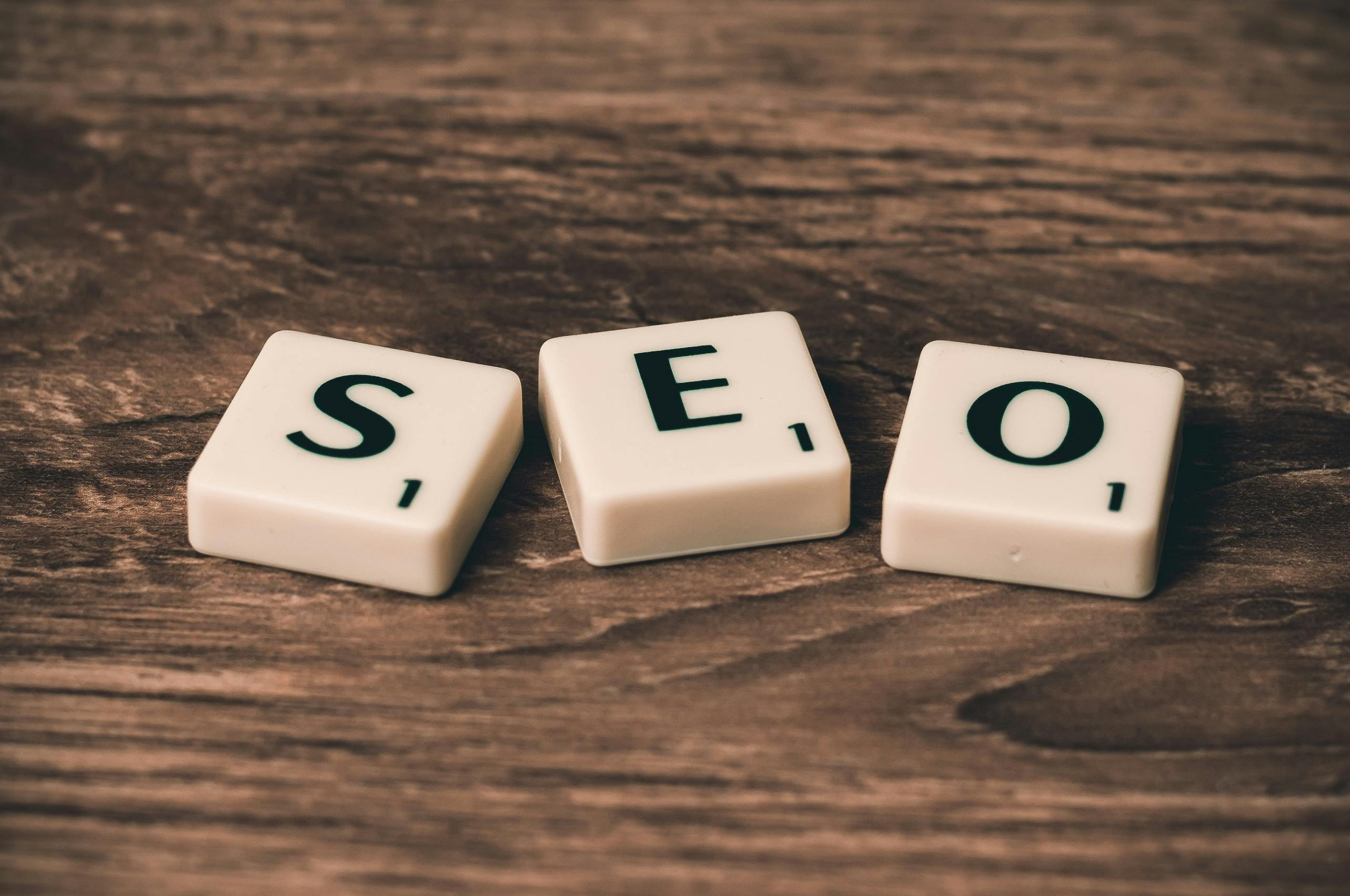Table of Contents
- Introduction
- Optimizing Your Shopify Blog for SEO Rankings
- The Role of Keywords in Shopify Blog Content
- Best Practices for On-Page SEO in Shopify Blogs
- Do Shopify Blog Tags and Categories Help SEO?
- Using Meta Descriptions and Internal Linking in Shopify Blogs
- How Backlinks Can Improve Shopify Blog SEO
- Mobile Optimization and Its Influence on Shopify Blog SEO
- Image Optimization Strategies for Shopify Blogs
- Frequent Updates to Keep Your Shopify Blog SEO-Friendly
- Common Shopify Blog SEO Mistakes to Avoid
- Summary
Introduction
If you’re looking to boost your Shopify SEO blog‘s visibility and increase traffic, you’ve come to the right place. Optimizing your Shopify blog for SEO is essential in today’s competitive digital landscape. Whether it’s understanding the role of keywords, mastering on-page SEO practices, or efficiently using tags and categories, there’s a lot to cover. This article will guide you through the best strategies and techniques to enhance your blog’s SEO. We’ll explore the importance of meta descriptions, internal linking, mobile optimization, and even common mistakes to avoid. Ready to start your journey to better SEO rankings? Let’s dive in!
Optimizing Your Shopify Blog for SEO Rankings
Optimizing your Shopify blog for SEO rankings is crucial for driving traffic and improving visibility. Start by conducting thorough keyword research to identify terms relevant to your niche. Integrate these keywords naturally throughout your content, including headings, meta descriptions, and image alt text. Focus on creating high-quality, engaging content that provides value to your readers. Use internal linking to keep visitors on your site longer and guide them through your content. Ensure your blog is mobile-friendly and has a fast load time. Regularly update your blog to keep content fresh and align with current SEO best practices. Using these strategies can significantly boost your SEO rankings and blog traffic.

The Role of Keywords in Shopify SEO Blog Content
Keywords play a crucial role in driving traffic to Shopify blog content. They help search engines understand the blog’s relevance to specific queries. Integrating well-researched keywords into blog posts can improve the content’s visibility. This, in turn, boosts search engine rankings. It’s essential to use keywords naturally to avoid keyword stuffing. Strategically placing them in titles, headers, and throughout the content ensures better indexing by search engines. Long-tail keywords, which are more specific, can target niche audiences effectively. This approach can result in higher engagement and conversions. Proper use of keywords ultimately enhances the overall SEO strategy of a Shopify blog.
Best Practices for Shopify SEO Blog On-Page Optimization
To effectively improve the rankings of your Shopify blog, employ best practices for on-page SEO. Start by conducting comprehensive keyword research to integrate high-value and relevant keywords naturally into your content. Focus on creating original, informative articles that provide value to your readers. Optimize your meta titles and descriptions to accurately reflect the blog content and include primary keywords. Use header tags (H1, H2, H3) to structure your content logically and improve readability. Ensure your images are optimized with descriptive alt text and compressed to reduce load times. Additionally, incorporate internal links to guide users to related content within your site, boosting engagement and dwell time. Regularly update your blogs to maintain relevance and improve your site’s authority.

Do Shopify Blog Tags and Categories Help SEO?
Shopify blog tags and categories can significantly enhance SEO by improving content organization and keyword targeting. Properly labeled posts are easier for search engines to index, which can boost visibility. Tags allow for more precise keyword inclusion, aiding in search relevance. Categories, meanwhile, streamline navigation and encourage longer site visits. Both elements work together to create a structured content ecosystem that benefits user experience and search engine ranking. However, it’s crucial to avoid overusing tags and categories to prevent content dilution. Employing them strategically can result in increased organic traffic and improved page rankings.
Using Meta Descriptions and Internal Linking in Shopify Blogs
Utilizing meta descriptions and internal linking in Shopify blogs can significantly boost SEO and drive traffic. Meta descriptions help search engines understand and display your content, thereby enhancing click-through rates. Craft compelling, keyword-rich snippets to attract more visitors. Internal linking, on the other hand, connects related content within your blog. This not only keeps readers on your site longer but also helps distribute page authority and improve rankings. Together, these techniques create an effective strategy for better visibility and increased engagement. Implementing these methods methodically ensures a well-optimized blog that aligns with Shopify SEO best practices.
How Backlinks Can Improve Shopify Blog SEO
Backlinks play a crucial role in enhancing the SEO of your Shopify blog. They act as endorsements from other reputable sites, signaling to search engines that your content is valuable and trustworthy. High-quality backlinks can improve your domain authority, which in turn boosts your search engine rankings. This increased visibility can drive more organic traffic to your Shopify blog. Additionally, backlinks help in faster indexing by search engines, making your new content searchable more quickly. To maximize the benefits, focus on earning backlinks from niche-relevant, authoritative sources. Not only do backlinks enhance your blog’s SEO, but they can also establish your brand as a leader in your industry. Consistent efforts in link-building strategies will yield long-term benefits for your Shopify blog’s visibility and reader engagement.
Mobile Optimization and Its Influence on Shopify Blog SEO
Mobile optimization plays a crucial role in enhancing Shopify blog SEO. With the increasing number of users accessing content via mobile devices, ensuring a mobile-friendly blog is essential. Google prioritizes mobile-optimized sites in search rankings, directly impacting traffic. A responsive design improves user experience, which can reduce bounce rates. Additionally, mobile optimization speeds up page load times, another critical ranking factor. Implementing these practices can significantly enhance visibility on search engine results pages (SERPs). By focusing on mobile optimization, Shopify users can better retain visitors and boost their blog’s overall SEO performance.
Image Optimization Strategies for Shopify Blogs
Image optimization is crucial for enhancing SEO and boosting blog traffic on Shopify. Begin by using high-quality images that are relevant and visually appealing to your audience. Compress your images to reduce file size without sacrificing quality, ensuring faster load times. Employ descriptive file names and use alt text embedded with relevant keywords to improve search engine visibility. Additionally, consider using responsive images to ensure they look great on all devices. Leverage lazy loading to improve site speed by only loading images when they enter the viewport. Properly optimized images not only improve user experience but also contribute significantly to better search engine rankings.
Frequent Updates to Keep Your Shopify Blog SEO-Friendly
To maintain an SEO-friendly Shopify blog, frequent updates are crucial. Regularly refreshing content helps accommodate search engine algorithms and keeps your information relevant. Timely updates ensure your keywords align with current trends, which increases visibility. Consistently adding new posts also signals to search engines that your site is active. High-quality, up-to-date content improves user engagement and decreases bounce rates. Moreover, revisiting old posts to optimize them can revive their effectiveness. Updates should include fixing broken links, updating images, and ensuring mobile responsiveness. By implementing these practices, your Shopify blog can achieve better rankings and ultimately drive more traffic.
Common Shopify Blog SEO Mistakes to Avoid
One common SEO mistake on Shopify blogs is neglecting keyword research, which leads to targeting irrelevant keywords. Overloading content with keywords, known as keyword stuffing, can also harm your rankings. Another frequent error is not optimizing images with alt text, reducing visibility on search engines. Failing to use internal links properly is another pitfall, as it hampers site navigation and authority distribution. Additionally, many overlook the importance of meta descriptions and title tags, which affects click-through rates. Producing low-quality content that doesn’t offer value or copy-pasting from other sources can lead to penalties. Finally, ignoring mobile optimization can severely impact your search engine performance, given the growing number of mobile users.
Summary
To improve your Shopify blog’s visibility and traffic, SEO optimization is key. Conduct thorough keyword research, integrate keywords naturally, and create high-quality content. Optimize meta descriptions, use internal linking, and ensure your blog is mobile-friendly. Proper use of tags and categories enhances SEO by improving content organization. Utilize meta descriptions and internal links to boost engagement. Secure high-quality backlinks to improve domain authority and search rankings. Optimize images to improve load times and visibility. Regularly update your blog to maintain relevance. Avoid common SEO mistakes like keyword stuffing and neglecting mobile optimization.
